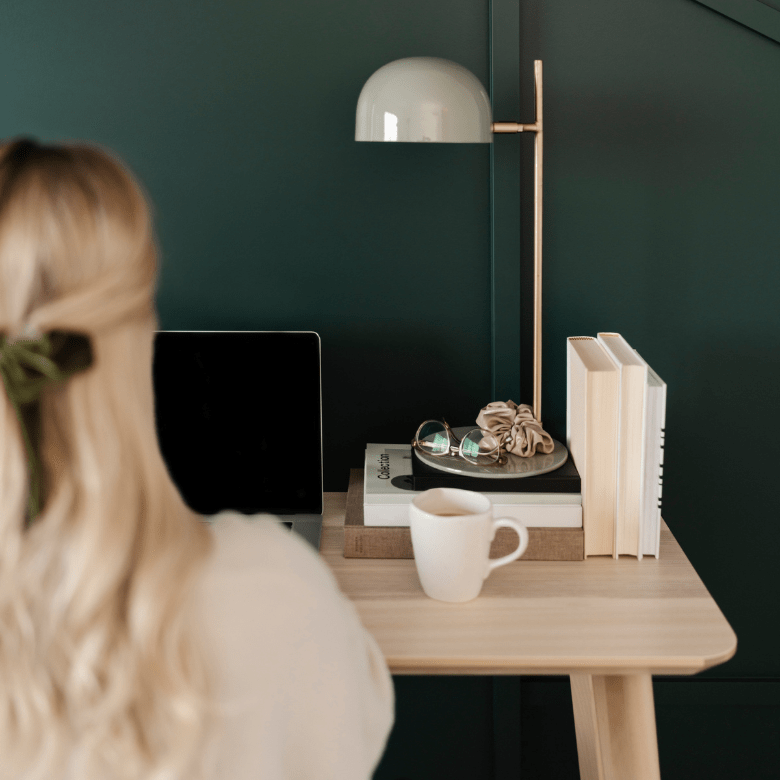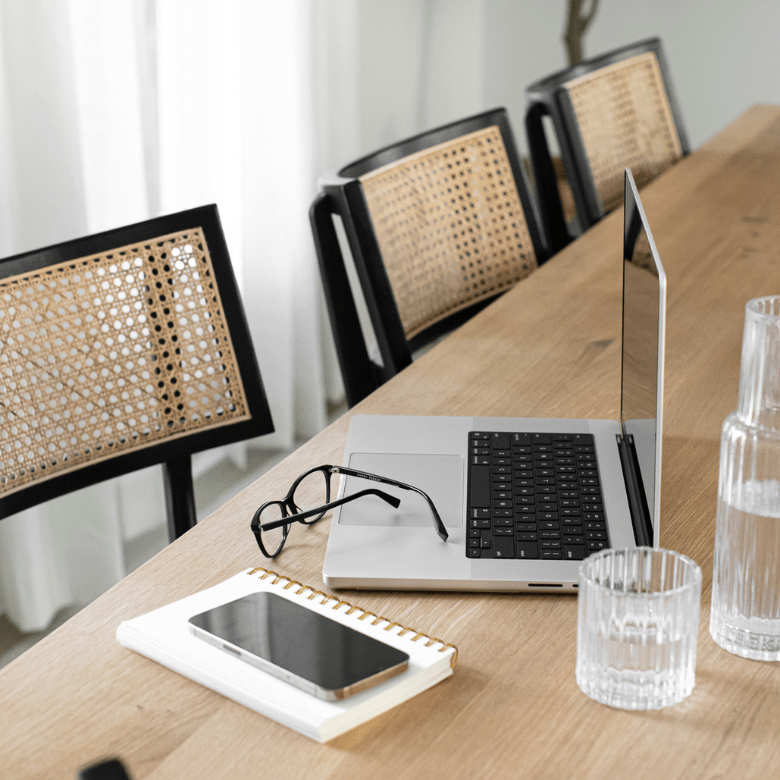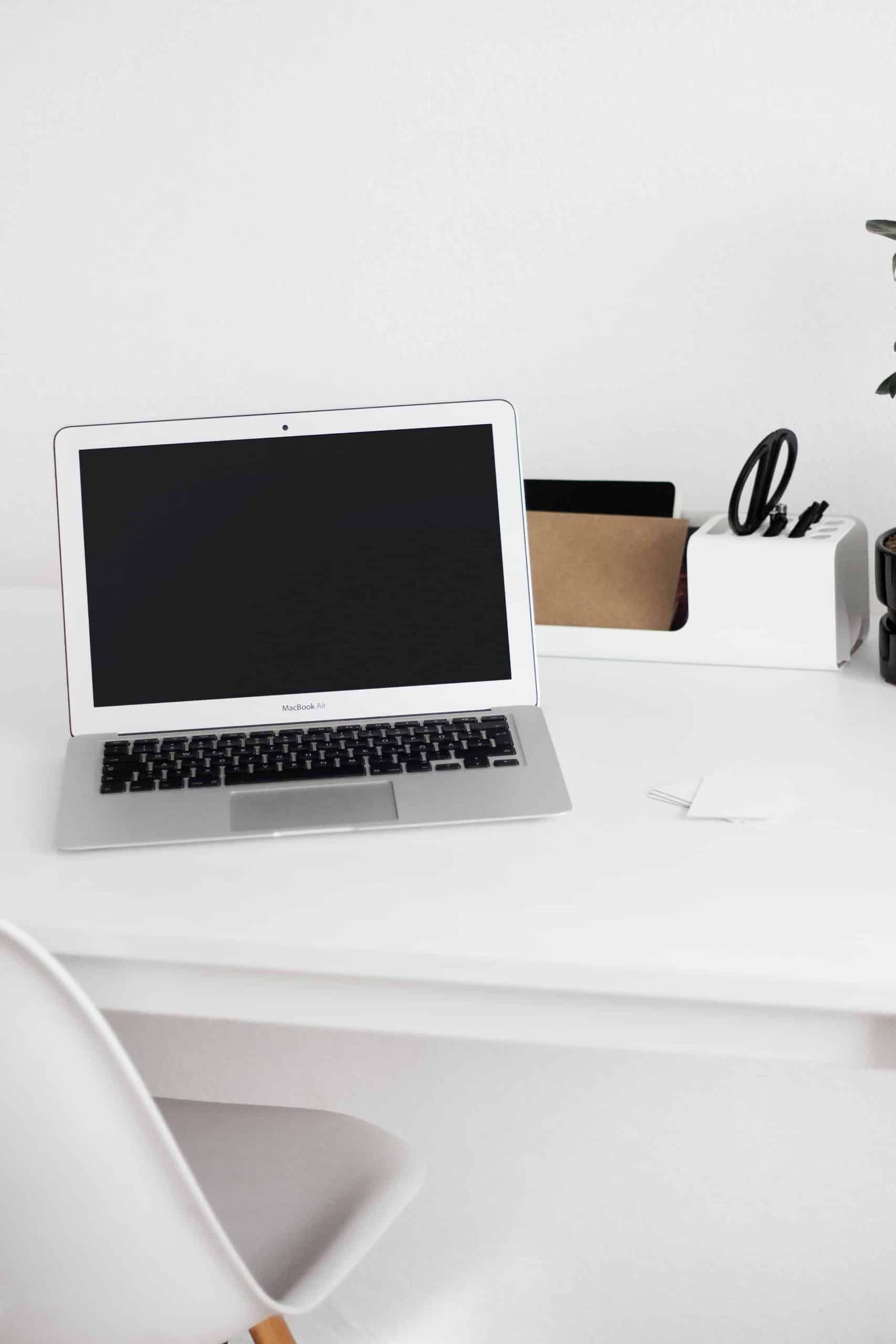8 Business Card Mistakes to Avoid
Your business card is your most important marketing tool! It’s what reminds potential clients of your business long after they’ve talked to you. In most cases, it’s a person’s first impression of you and your business.
If your business card has spelling errors, looks cluttered, or is hard to read, it could make the difference between gaining a new customer and turning a potential customer off.
Every business should have quality business cards. Before you design yours, know the eight common business card mistakes business owners should avoid.
Some of the links in this post are affiliate links. We may receive compensation when you click on links to products at no extra charge to you. View our full disclaimer.
8 Business Card Mistakes to Avoid
Don’t make these 8 business card mistakes:
No Contact Information
The entire point of your business card is to give potential customers a way to contact you. If you don’t include your phone number and email address, they can’t find you. Don’t assume people will go the extra mile and search for your business information online. If it’s not on your business card, they won’t find you.
No Email or Website Address
Similarly, don’t leave out other pertinent contact information. Include your website, or even social media handle, if applicable. An email address is crucial; not everyone wants to jump on the phone to call you or visit you in person. Many people prefer online ordering and/or emails. These crucial pieces of information shouldn’t be excluded from your business card.
If you do exclude them, you risk losing a large portion of your target audience. Since it takes up such little room and the point of a business card is to get people to contact you, don’t omit this information.
A Boring Design
Your business card should fit with your company’s branding and give an idea of what products or services you offer. In other words, it should be recognizable even before anyone reads the content on it. Use the space on your business cards wisely, making it consistent with your brand and stand out a little, without being too obnoxious. Look closely at the font size and overall use of the card to make sure it’s engaging, but not overwhelming.

No Template
Your business cards will look different once printed than they do on the computer. Use a pre-loaded template and follow the safety lines so everything fits on the card and looks right. Finding out after you printed the cards that your logo is hanging off the card or your phone number got cut off isn’t fun.
Blank Backside
The front of the standard business card is where customers look for your company information, but there’s an entire backside you can use to your advantage. If you work on appointments, have a bold mission statement, or have an exclusive deal for customers who use your business card, use the back of the card to display this information.
Too Little or Too Much Information
Your business card should be a teaser for your business. It shouldn’t give your whole life story, but it also shouldn’t leave the reader guessing. Use the space wisely without making it look cluttered. For example, don’t list every single service or product you offer. Just give the highlights and have clients contact you for more information.
Too Big
If you want to stand out, you probably think choosing a larger business card than normal is smart—it’s not. Here’s why.
Most people throw business cards in their wallet or purse. They want something that will fit alongside everything else. If your business card design is large and bulky it will just get in the way and will most likely be tossed in the trash.
Poor Quality
It may be tempting to make DIY business cards, but you shouldn’t. Remember, hundreds of other businesses are handing out their business cards, too. Your audience has something to compare your card to and if your card comes off cheap or makeshift, it reflects on your business. Potential customers might think you’re more likely to cut corners with your products or services, like you did with your business cards.
Remember, your business card is the first impression many people have of your business—don’t miss your chance. Choose quality card stock for your cards.
Choose the Right Business Card Design the First Time
Put a lot of thought and time into designing your business cards, and it will pay off in the end. You’ll get more business just by impressing customers with your business card.
It’s like a sales pitch or marketing tool for your business. Your business card should tell people what you do, how to contact you, and why they should. That’s a lot of power in a card that’s only a few inches big. Make the best use of your space, keep it clean, and make sure the business card talks for you so that it does its job—building you a bigger business.







